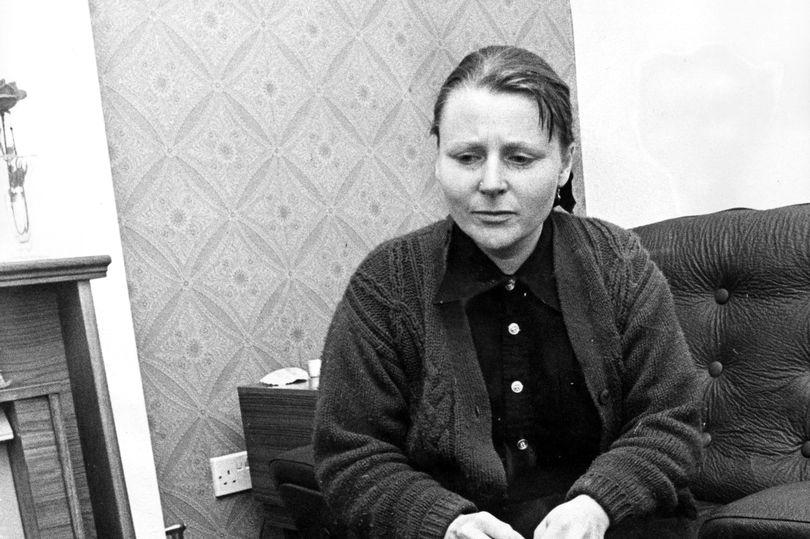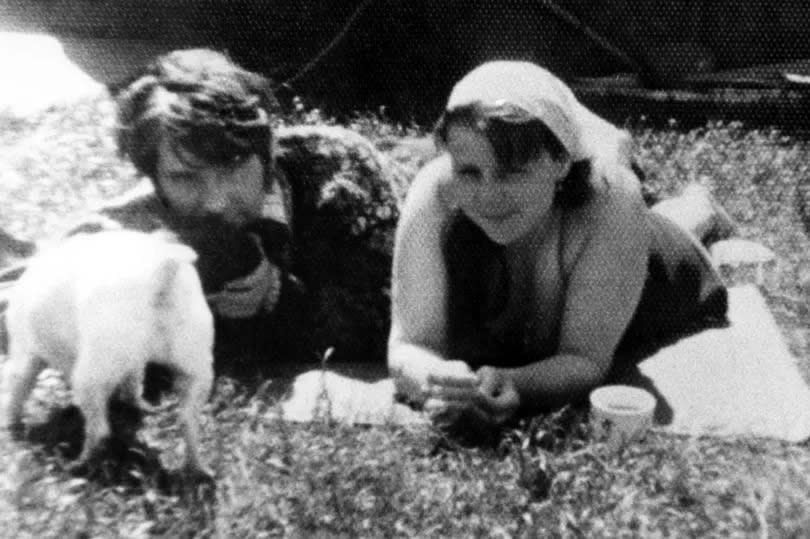Murder on Redcar beach: The 'wicked wife' who manipulated her lovers into murdering husband

A sinister murder plot, masterminded by a "wicked wife", culminated in the death of an innocent man on a lonely stretch of Redcar beach.
Kalinda Chapman, who was married to her third spouse, Brian Chapman, coordinated the murder with accomplices John Wright and Alan Stoddart. The case captured the attention of the nation, revealing Kalinda as a "ruthless woman who set out to ensnare every man she met".
Despite being a mother-of-four and professing to be part of the Salvation Army, Kalinda plotted the demise of her husband to prevent their Dormanstown property from being put on the market. Although Mr Chapman was devoted to his wife, they had parted ways, and Kalinda was concerned that the house would need to be sold, with the money split between them.
Her plan was to forge a new life with Wright, 21, who had first encountered her in 1973 at the tender age of 16. Wright, employed as a driver, had faced rejection from Kalinda in 1976 when she opted to marry another man named Barry.
Nonetheless, Wright's obsession with Kalinda persisted, and after she agreed to divorce Brian, she concluded that her husband's life had to end. Wright was invited over to her Dormanstown home, which is when the fatal decision was made.
Stoddart, 28, a man described as not particularly bright, was also manipulated into joining Kalinda's lethal plot, seduced by the attention she showered upon him.
Mr Chapman met a tragic end when Kalinda lured him to the beach. She held onto the coats of her two lovers as they strangled him and dragged him towards the sea. His body was discovered washed up on the shore the following day.
On their journey home from the murder, Wright was in tears and Stoddart felt nauseous. Annoyed, Kalinda stopped the car and ejected Stoddart with the words: "You are not going to be sick all over my car." She then drove away.
The trio might have gotten away with it, given that Mr Chapman had a letter on him expressing his eternal love for his wife that appeared to hint he wanted to take his own life, and initially, police treated his death as a case of suicide. However, the plot thickened when Kalinda took another lover. This upset Wright to such an extent that he attempted suicide.
Fearing that Wright could no longer be trusted, Kalinda approached the police and claimed that her two lovers had killed her husband and she was innocent. This tale led to the murder trial of Wright and Stoddart, but also to her own downfall.

When the two men stood trial at Teesside Crown Court, they provided damning evidence of her involvement. During the five-day trial, it was suggested that the two besotted lovers lived in Mrs Chapman's house and were manipulated by her into committing the murder.
Throughout the trial, she was depicted in various lights. Descriptions of her ranged from a "middle-aged Mata Hari" to a "femme fatale" and even "Lady Macbeth".
Wright's QC observed during the trial: "She certainly had some kind of fatal fascination over the opposite sex. Whatever it was, we do not know."
After the trial concluded, a file regarding Kalinda's involvement was sent to the Director of Public Prosecutions, which led to her being charged in January 1978. She consistently claimed she was innocent.
Following the trial, she conveyed her relief, saying: "I am pleased that I have got justice for Brian. All I wanted was to see them go down the line for what they did."
Despite her assertions of innocence, a jury at Newcastle Crown Court convicted her after eight days of deliberation, and she was sentenced to life imprisonment. The judge overseeing the case labelled the crime as a "particularly wicked murder".
Kalinda, who opted not to give evidence during her trial, never ceased to proclaim her innocence and filed numerous appeals against her conviction in the years that followed.

 Yahoo News
Yahoo News 
